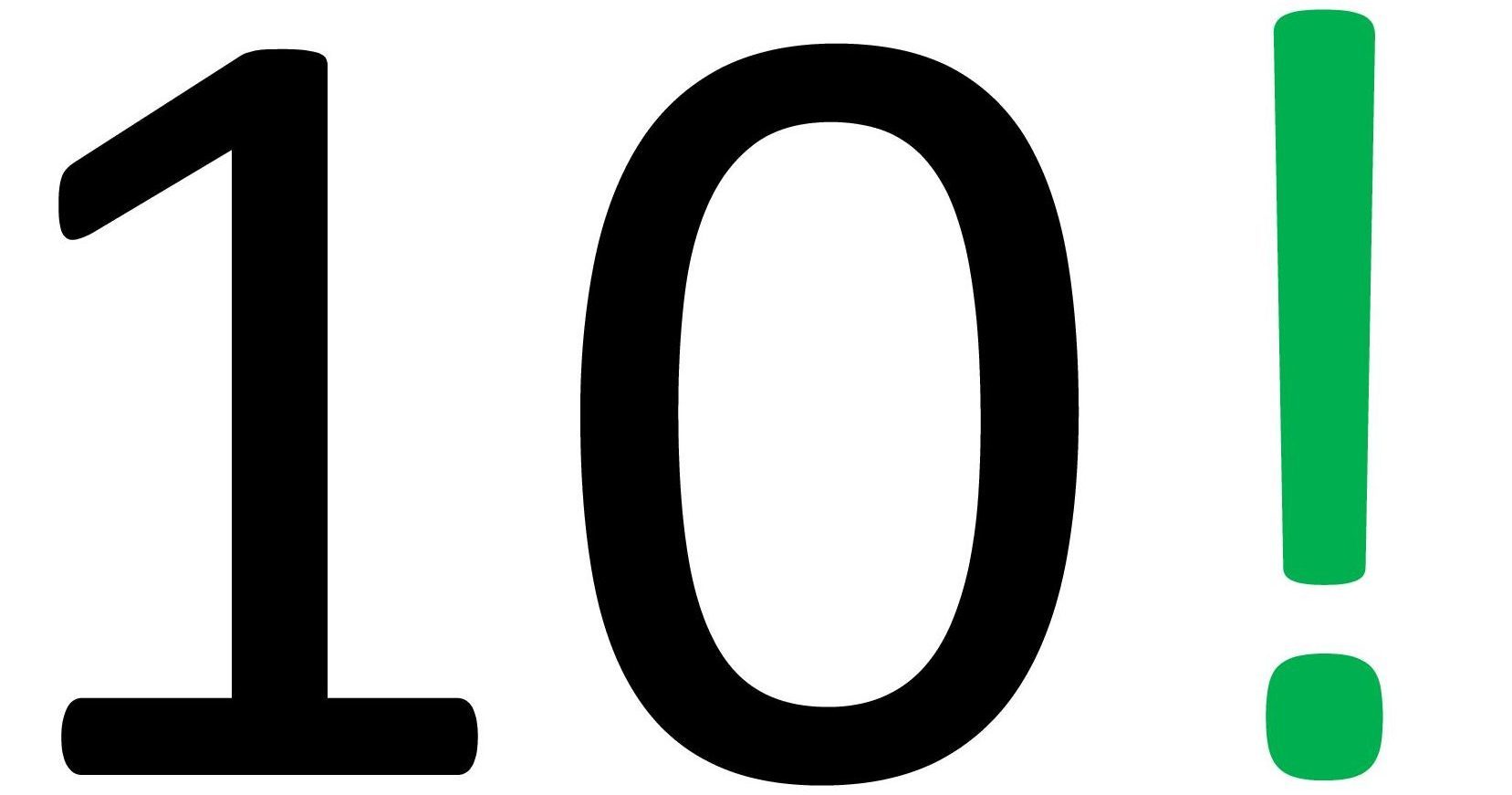
Dividends are a form of passive income
I was doing some yearend financial bookkeeping and realized that I made over $35,000 in dividends in 2021. Dividends aren’t the main focus in my portfolio, but a lot of my holdings pay them. I like dividend investing as a passive income strategy, and I think every investor should be focusing on at least a few stocks or funds that pay them. Like anything, there are pros and cons. Here is a brief look.
Passive Income
Dividends are one of the most passive forms of income that the average investor can generate. All that you need to do is own at least one share of a dividend paying company or fund, and you will receive a payout. No other work is required by you other than to wait for the dividend to pay. Not a bad way to make some side income.
Of course, there are some drawbacks. A company could cut or even eliminate its dividend without warning, and it won’t be because of anything you did. A lot of investors who focus on dividends will be selective about which companies they invest in, and they will invest in a broad range of companies to help spread some risk.
Another drawback is that you will need a lot of investments to receive enough dividend payments to live on. This is of course assuming that is your goal. You will see this firsthand early one when you are trying to build your portfolio. Eventually, compounding will take over, but trying to build a portfolio that yields anything substantial will seem daunting at first. The average dividend yield is around 3%. If you use that percentage as your guide, and you want to live on dividend payments of $75,000 a year, then you will need a portfolio worth 2.5 million dollars.
Dividend reinvesting is the practice of using your dividend payout to buy more shares of the company. This will in turn increase the next payout. You can see that over time compounding will start to dramatically increase the number of shares that you own and the payouts that you receive. You can get a more in-depth analysis of this strategy here.
Other Forms of Income
Another form of passive income is real estate. Many investors choose to receive the regular rent payouts from properties that they own. We can’t call these investments totally passive, since there will always be some active work involved in managing a rental property. But there are tax advantages not awarded to dividend investors, and you can use leverage to control a lot more assets than you could with other forms of investments. The rewards can be high, but so too can the risks.
Conclusion
Dividend investing can be a great source of passive income, but it does have some drawbacks. Dividends can be cut, you will be subject to taxes, and you will need a sizeable portfolio to live off your payments. Other investments offer higher returns and tax advantages, but there is more work and risk associated with them. I recommend a mix of investments to spread risk and to create multiple income streams. Happy investing!
Incidentally, if you want to read more about this, consider checking out modestmoney.com. Its a nice little publication in Canada that focuses a lot on dividend investing so check it out if you get a chance.
Oh, and another note, if you want really nice little investment calculation, consider surfing over to life and my finances free investment calculator. It’s a nice little tool well worth checking out.
Read Also:
Dividends: An Apple with an Orange Tastes Better than Two Apples
Investing: Dividends or Index?
Right Mindset for Successful Investing

Writer and Investor. Based in the Pittsburgh, PA area, Brian holds full-time employment as a Warehouse Manager for an electronics firm. Brian enjoys wealth building, investing, gardening and the great outdoors. Brian holds a B.A. in Environmental Studies from the University of Pittsburgh and an MBA from Robert Morris University.
